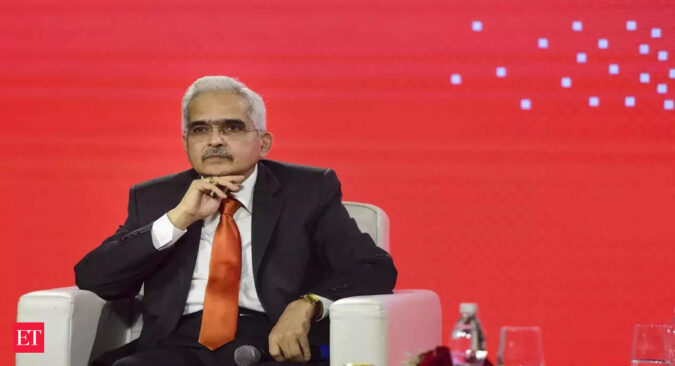Reserve Bank of India governor Shaktikanta Das expects India to get more overseas inflows and the current account deficit to ease hereon.
“The CAD is expected to moderate in the second half of FY23 and remain eminently manageable and within the parameters of viability,” Das in his monetary policy statement.
The current account deficit (CAD) for the world’s fifth largest economy was at 3.3% of GDP for the first half of FY23. CAD was 1.32% in FY22.
The situation has shown improvement in the third quarter as imports moderated in the wake of lower commodity prices, helping merchandise trade deficit to narrow.
Further, services exports rose by 24.9% year-on-year in the third quarter, largely driven by software, business and travel.
Inward remittance is another bright spot with around 26% rise in the first half – more than twice the World Bank’s projection for the year.“This is likely to remain robust owing to better growth prospects of the Gulf countries. The net balance under services and remittances are expected to remain in large surplus, partly offsetting the trade deficit,” the governor said.
The country’s external debt to GDP ratio fell to 19.2% in September last year from 19.9% per cent in March 2022. The debt service ratio declined to 5% from 5.2% over the same period.
“India’s external debt ratios are low by international standards,” Das said.
On the financing side, net foreign direct investment (FDI) flows remain strong at $22.3 billion during April-December 2022, as compared with $24.8 billion in the corresponding period of previous year.
Foreign portfolio inflows have also improved with $8.5 billion investments coming in mostly in the equities during July to February 6. However, for the whole year, the inflows remained negative so far.
Foreign exchange reserves have rebounded to $577 billion as on January 27, 2023 covering around 9.4 months of projected imports, after falling to $524.5 billion on October 21, 2022.
The local currency remained one of the least volatile currencies among Asian peers in 2022 and continues to be so this year.
“The depreciation and the volatility of the Indian rupee during the current phase of multiple shocks is far lower than during the global financial crisis and the taper tantrum. In a fundamental sense, the movements of the rupee reflect the resilience of the Indian economy,” Das said.
